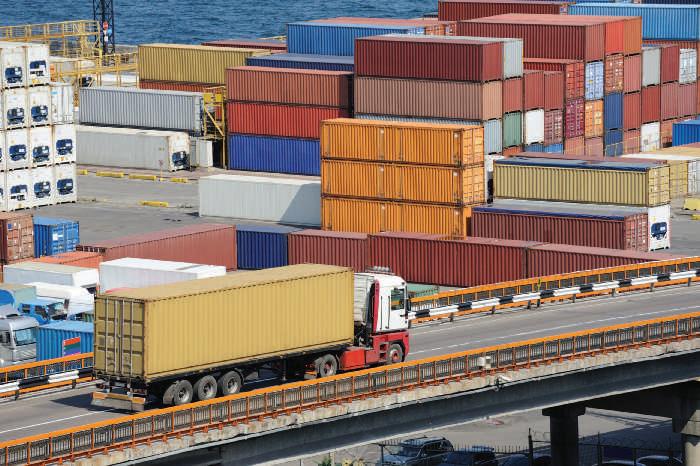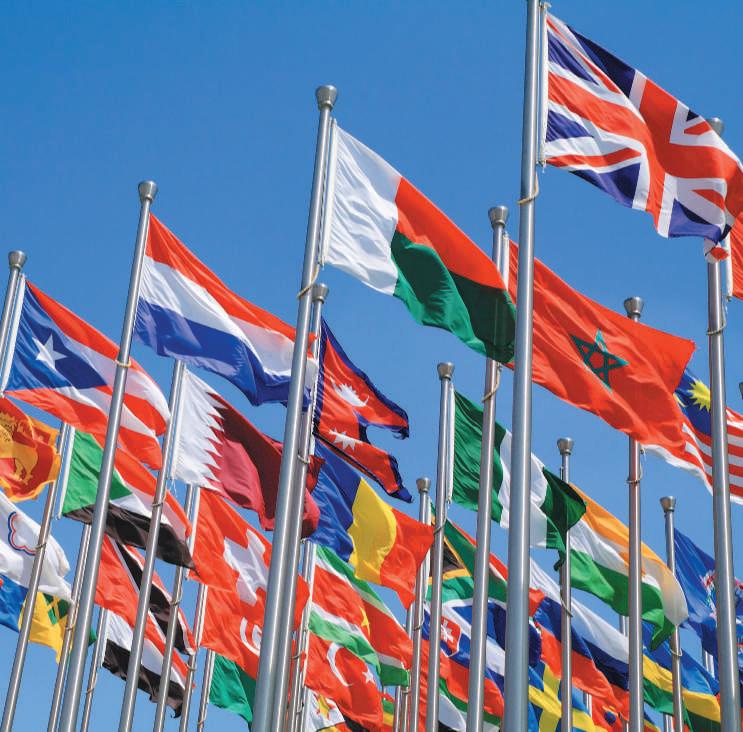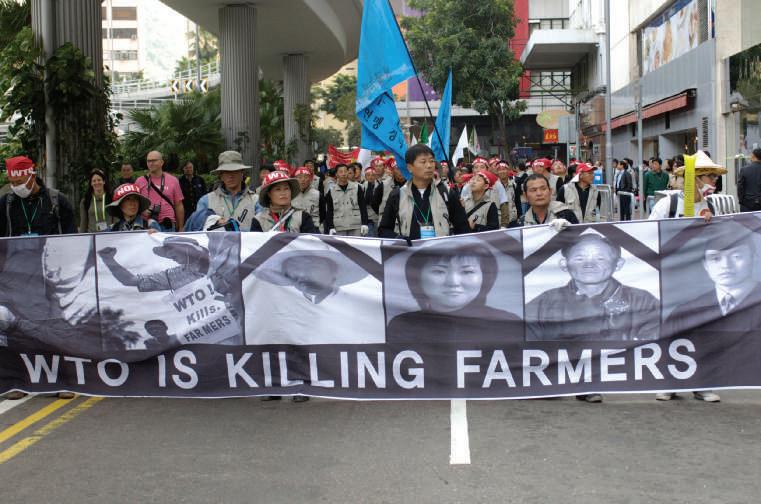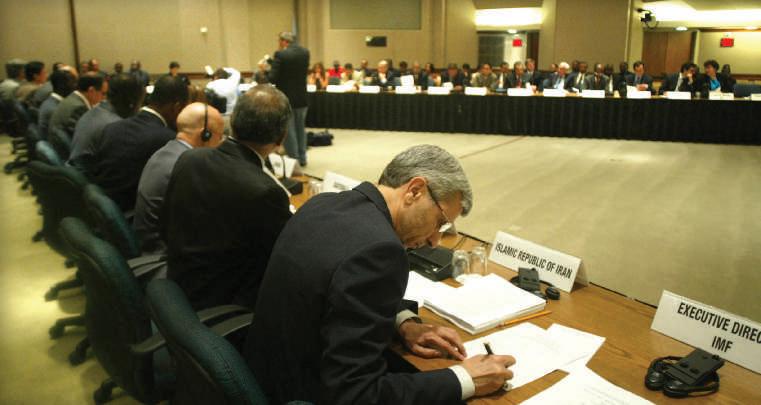C h a p t e r 1 4 G lo b al F i n a n c i al M a n ageme n t
Peter Morgan/Associated Press/Corbis
352
In 1987, Black Monday was the largest one-day market decline in stock market history.
14-3d Government Financing
export-import (Ex-Im) bank
a U.S. government export finance agency that supports U.S. firms competing against exports of other countries that are government supported
Over the past two decades, financial crises have occurred in many different countries, including the United States, Japan, Mexico, Russia, the United Kingdom, Spain, Iceland, Italy, Ireland, Turkey, Argentina, Greece, and a number of emerging Asian and Eastern European countries. In financial crises, currency values can plummet, market volatility can cause an exodus of global investors, financial institutions can fail, and governments can lose political support. Disruption in financial markets can slow credit flows to firms, especially smaller firms that rely upon banks for financing. Without access to credit, many firms may have to curtail business activities, lay off workers, and suffer profit losses. Government financing can play an important role in providing interim credit to help business firms in a financial crisis. By providing credit, governments can reduce damage to the economy from which it would otherwise require many years to recover. In 1944 the International Monetary Fund (IMF) and World Bank were established as agencies of the United Nations. Their purposes are to promote international monetary stability and international trade. The IMF provides short-term loans to countries in financial crisis, evaluates exchange rate policies, and gives technical assistance to countries. With more than 180 countries participating as members, the IMF can serve as a “lender of last resort” to reduce currency panics and assist troubled banks. The World Bank focuses upon long-term loans to developing countries seeking financing for economic reform purposes intended to raise the standard of living. Some examples of World Bank mission priorities are health, education, social institutions, environmental disasters, private business formation, economic reforms, and poverty reduction. The IMF and World Bank are the major suppliers of emergency and development assistance to poorer countries. Government-supported international finance is provided in developed countries by various agencies. In the United States, the Export-Import (Ex-Im) Bank is a government export finance agency. It seeks to level international competition by supporting U.S. firms competing against exports of other countries that are government supported. The firms receiving Ex-Im Bank financing are typically large MNCs competing globally; they are
Copyright 2017 Cengage Learning. All Rights Reserved. May not be copied, scanned, or duplicated, in whole or in part. Due to electronic rights, some third party content may be suppressed from the eBook and/or eChapter(s). Editorial review has deemed that any suppressed content does not materially affect the overall learning experience. Cengage Learning reserves the right to remove additional content at any time if subsequent rights restrictions require it.







































